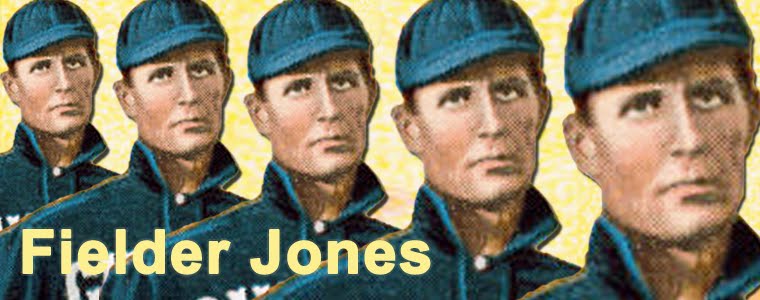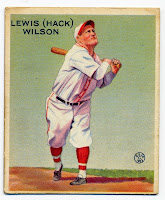The Want List, Part II: Grover Alexander (1931 W517 #15)
With a blank stare, looking disconnected from the world, this is the last card appearance of Grover (Pete) Alexander. Back with the Phillies, where 15 years before he won 94 games in three seasons, Alexander posted a 9.14 era in 1930 along with three losses. After his release, he quit the majors, but went on to pitch in the minors and the House of David team.
 |
| Grover Alexander W517 |
So, why is this strip card on my want-list? This card shows what life after baseball looks like, before pensions and million dollar contracts. It shows a former star facing destitution. It shows what happened to forgotten heroes after the cheers go silent and baseball turns its head.
1. http://www.historyofwar.org/articles/battles_meuse_argonne.html
2. SABR Biography of Grover 'Pete' Alexander: http://bioproj.sabr.org/bioproj.cfm?a=v&v=l&pid=140&bid=945



